Product features
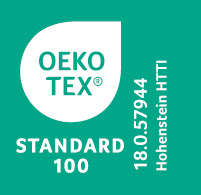
OEKO-Tex®
CONFIDENCE IN TEXTILES
STANDARD 100
18.0.57944 HOHENSTEIN HTTI
Tested for harmful substances.
www.oeko-tex.com/standard100
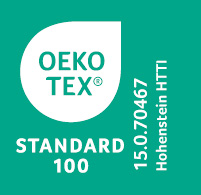
OEKO-Tex®
CONFIDENCE IN TEXTILES
STANDARD 100
15.0.70467 HOHENSTEIN HTTI
Tested for harmful substances.
www.oeko-tex.com/standard100
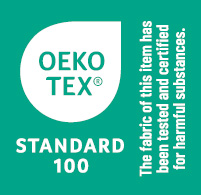
The fabric of this article has
been tested for harmful substances
and certified acc. to
STANDARD 100 by OEKO-TEX®
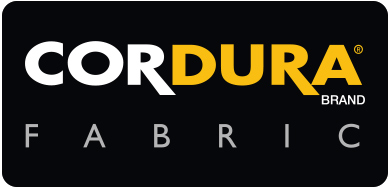
CORDURA® is a very sturdy, textured polyamide fabric , which is extremely tear- and abrasion-proof. Special yarns, specially developed weaving techniques, dyeing methods and additional textile finishing ensure that products with CORDURA® can be used as durable and comfortable workwear.
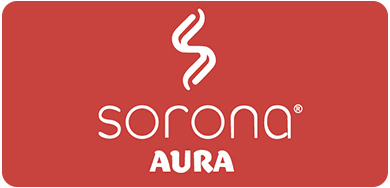
sorona®AURA fibers consist of 37% vegetable components, obtained from renewable raw materials. Garments with sorona® Aura offer an eco-friendly alternative with outstanding breathability, lightweight comfort and efficient heat retention. sorona®AURA offers the perfect mix of sustainability and performance.
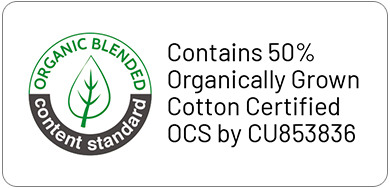
When manufacturing garments of Daiber, the Organic Content Standard is a standard for verifying and tracking the exact content of organically grown materials in a final product. Among other things, the superordinate ‘Content Claim Standard’ defines with OCS the traceability of merchandise as well as the transparency within the production chain.
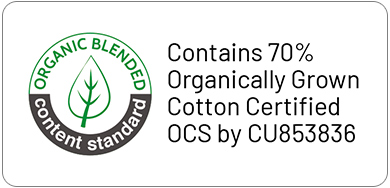
When manufacturing garments of Daiber, the Organic Content Standard is a standard for verifying and tracking the exact content of organically grown materials in a final product. Among other things, the superordinate ‘Content Claim Standard’ defines with OCS the traceability of merchandise as well as the transparency within the production chain.
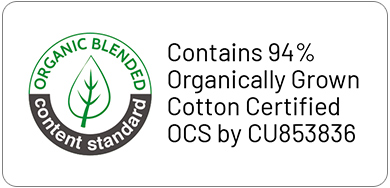
When manufacturing garments of Daiber, the Organic Content Standard is a standard for verifying and tracking the exact content of organically grown materials in a final product. Among other things, the superordinate ‘Content Claim Standard’ defines with OCS the traceability of merchandise as well as the transparency within the production chain.
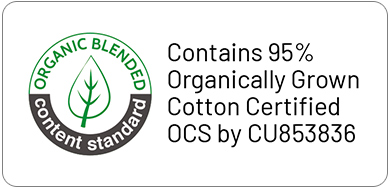
When manufacturing garments of Daiber, the Organic Content Standard is a standard for verifying and tracking the exact content of organically grown materials in a final product. Among other things, the superordinate ‘Content Claim Standard’ defines with OCS the traceability of merchandise as well as the transparency within the production chain.
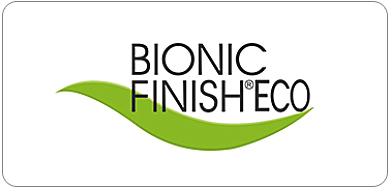
BIONIC-FINISH® was developed, following the example set by nature, ‘learning from nature’. The textile is protected against water and dirt by a very thin crystalline structure. BIONIC-FINISH®ECO protects man and nature.
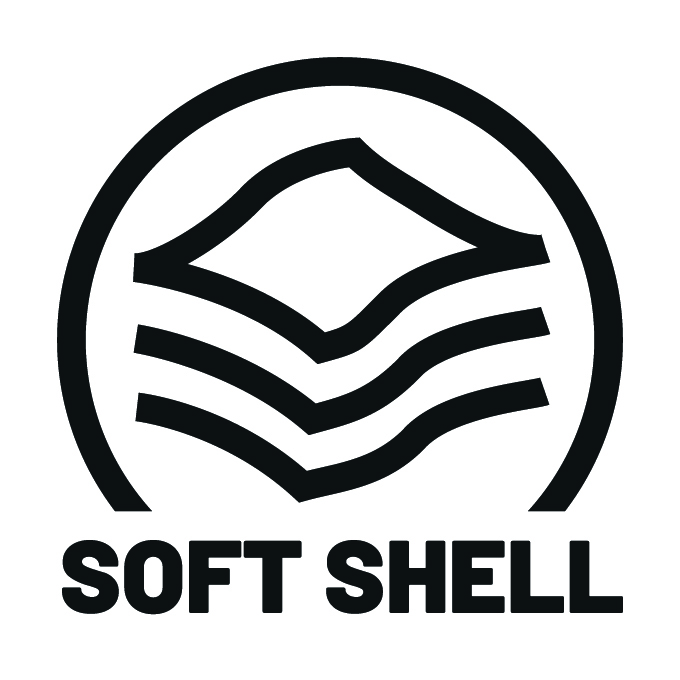
Softshell with TPU membrane consists of three layers. Due to the microporous TPU membrane as middle layer the material is water-proof, wind-proof and breathable at the same time.
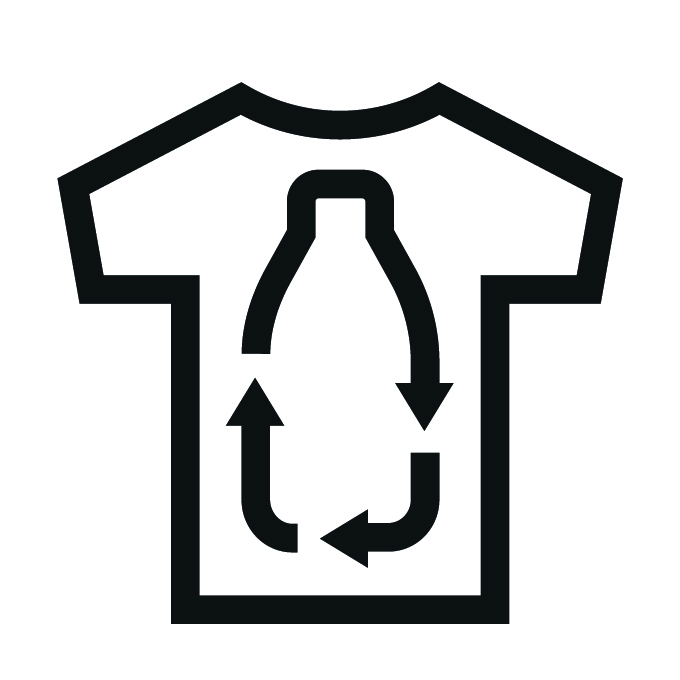
PET bottles are recycled to create a new fashion.
Plastic bottles are crushed, melted down and spun to yarn again, which is sometimes completely integrated into the production.
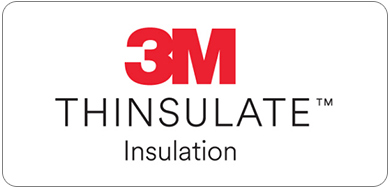
Air molecules cling to the body. The more air a material stores in a certain space, the higher the insulation level will be. Microfibres are much finer than other fibres. Therefore, they enclose more air within a smaller space thus offering a better insulation. The advantage: breathable, moisture-repellent and suited both for washing in the washing machine and for dry cleaning.
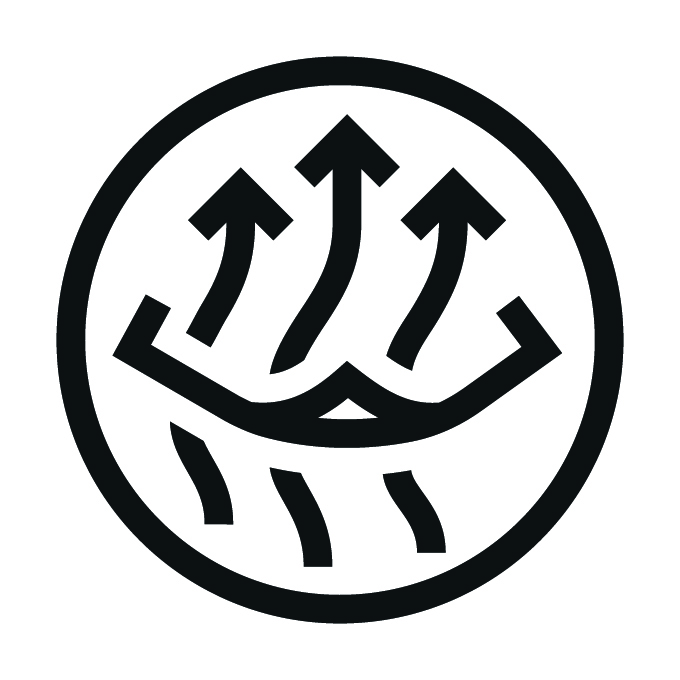
Functional textiles must have the ability to transport moisture from the skin to the fabric surface as fast as possible.
Permeability shows how much steam in grams can evaporate on a surface of 1 m2 within 24 hours. The higher this figure, the more breathable the textile is.
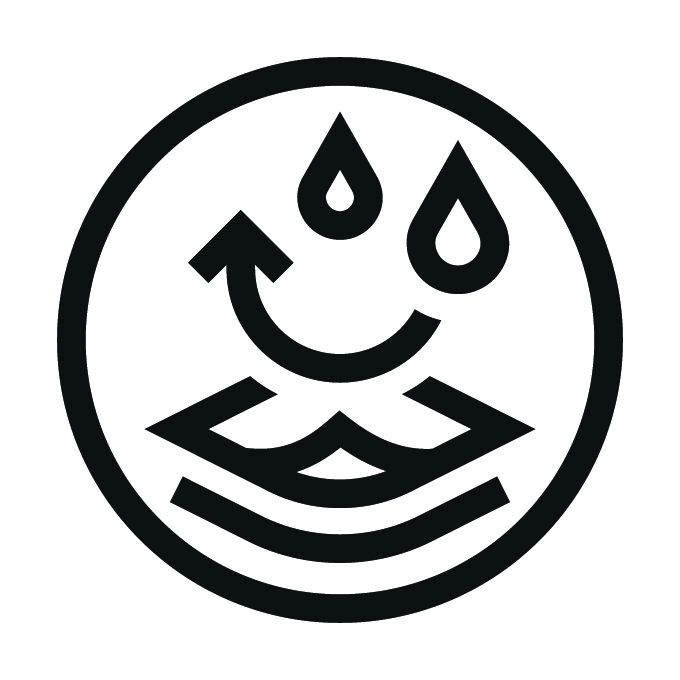
The ability to withstand water pressure without moisture penetrating into the material is given by the water column (mm). The minimum standard is a water column of 1,500 mm.
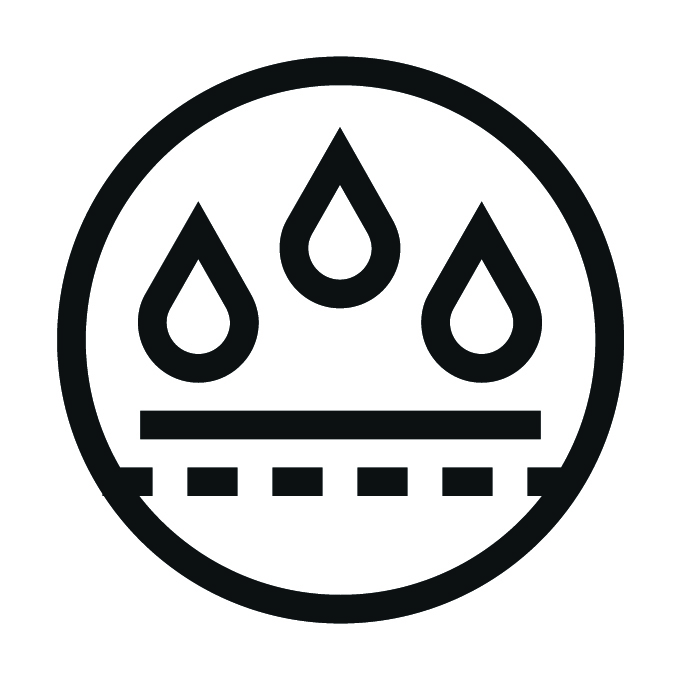
To avoid moisture penetrating into the fabric, seams and stitches can get taped. Taped seams are 100 % water-proof.
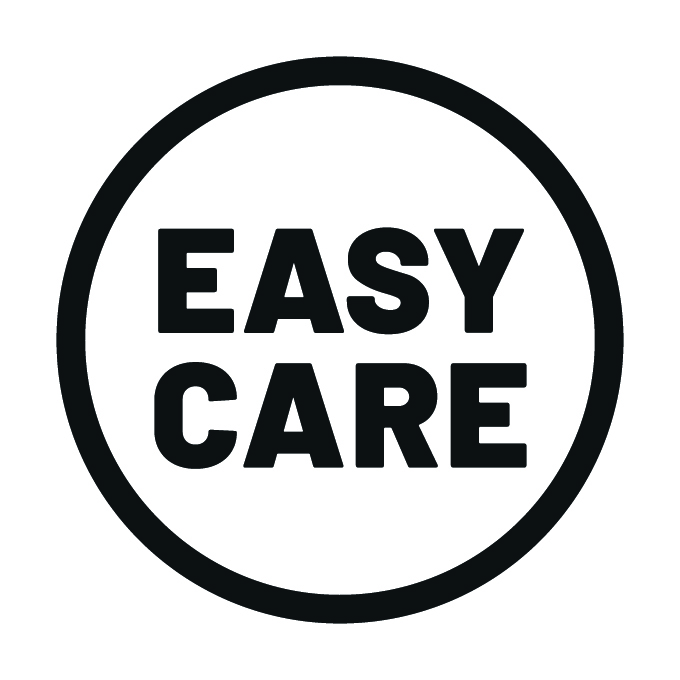
This special treating makes shirts and blouses especially easy to iron. To preserve this function the textiles should not be overheated in the tumbler and you should avoid using an overheated iron.
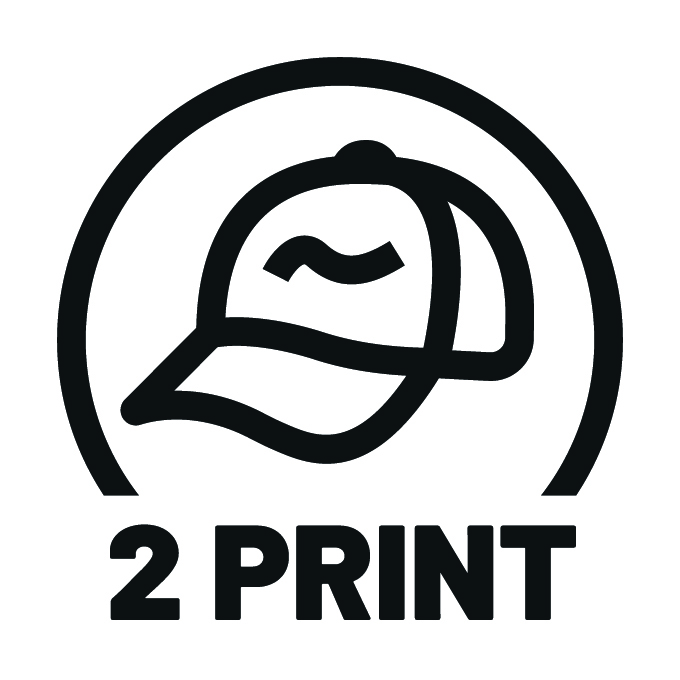
Caps with this label are ideal for printing and embroidering. The construction of the caps leaves a lot of space so the cap is easy to decorate, with the logo presented to perfection.
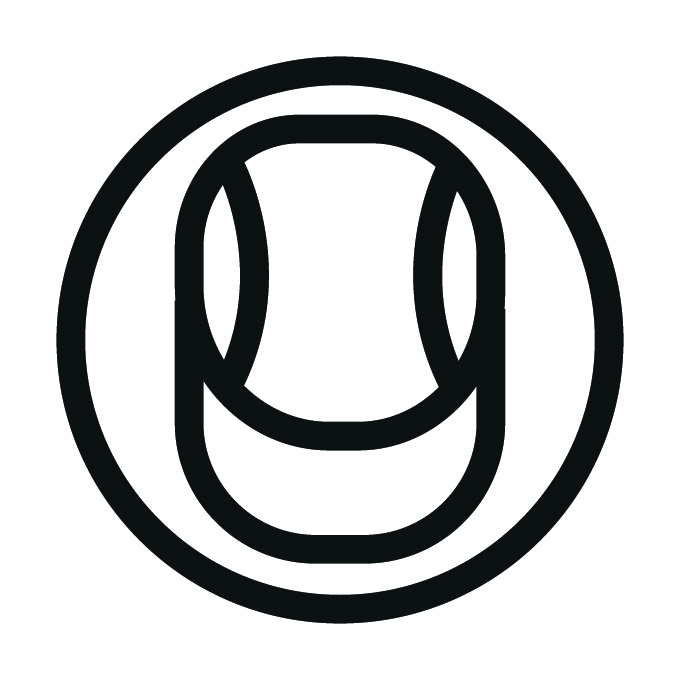
Division of cap into 3 segments.
Advantage: A large advertising space without annoying seams on front- and side-panels
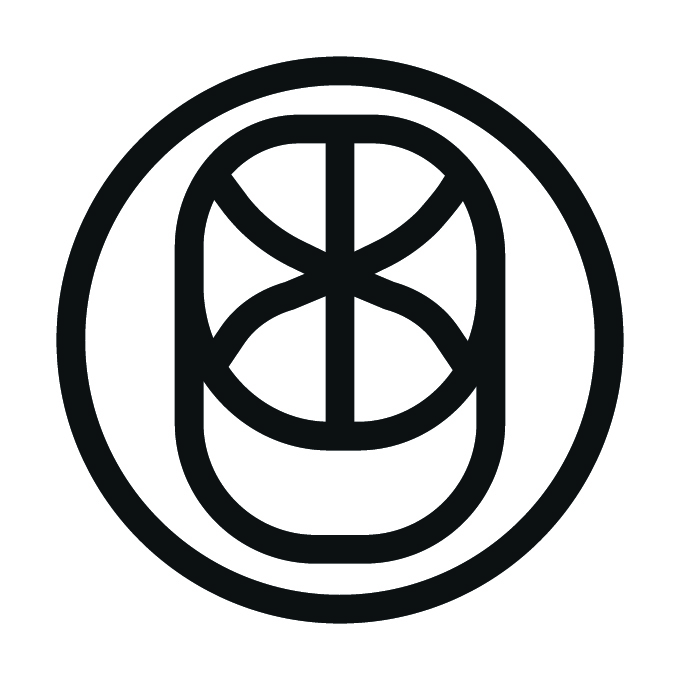
Division of cap into 6 segments.
Advantage: One of the most popular cap shapes in Europe
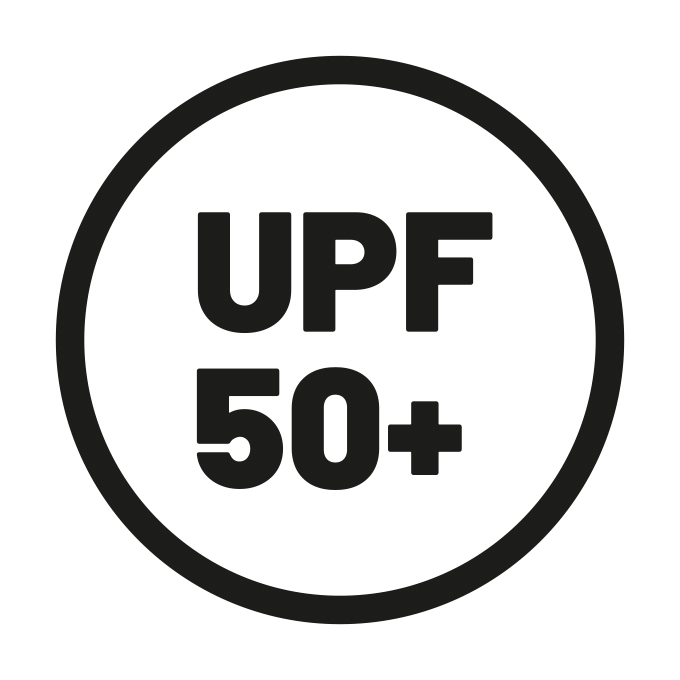
The UPF (Ultraviolet Protection Factor) indicated on UV-protective clothing shows how much longer somebody wearing these clothes can stay in the sun without suffering any damage to health. Therefore, the UPF-indication on textiles corresponds to the sun protection factor of sunscreens. This is based on the self-protection time of the skin, which varies considerably depending on the individual skin type. All articles with the UPF 50+ product feature have a UV protection factor of 50+ according to the Australian / New Zealand standard (AS / NZS 4399: 2017). This procedure tests the fabric in its unstretched new condition according to the solar spectrum in midsummer in Melbourne, Australia. A product marked with UPF 50+ according to this standard blocks more than 98% of the harmful UV-rays.
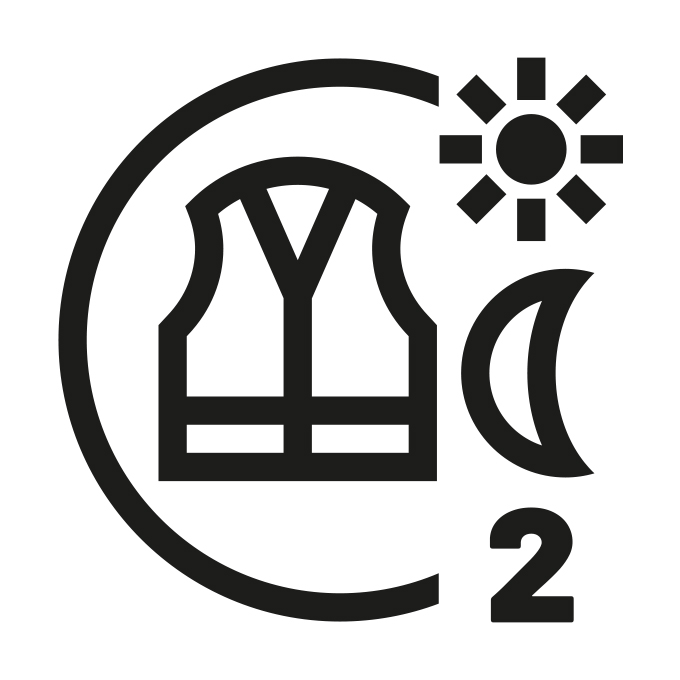
EN ISO 20471 is a standardized norm
that defines the requirements for high-visibility protective clothing.
Also known as “high-visibility standard”.
High-visibility clothing that has been certified in accordance with this standard
serves to visually signal the wearer in any lighting conditions.
